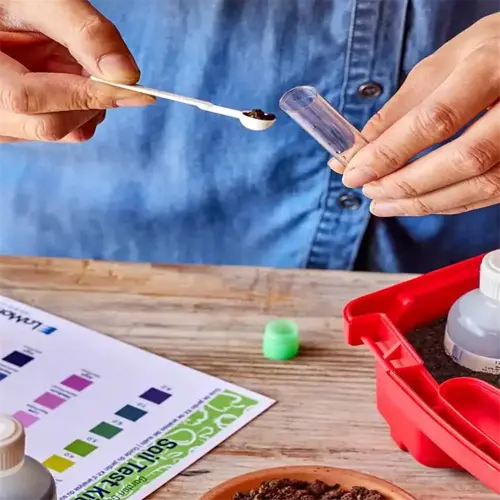When should I discard a diseased plant?

Written by
Julia Anderson
Reviewed by
Prof. Martin Thorne, Ph.D.Get rid of diseased plants when you suspect the costs to save the diseased plant exceed the risks to the rest of your garden plants. I lost time trying to save several tomatoes infected with blight after realizing the risk was too great. In a week, 60% of the plants within 5 ft. of the tomatoes showed signs of blight. Prompt, decisive actions using these criteria will endorse you as a plant steward as you save other plants from dying too.
Foliage Damage Assessment
- 75%+ leaf loss: Irreversible photosynthetic failure
- Blackened veins: Systemic infection marker
- Oozing lesions: Bacterial/fungal sporulation active
Root Decay Signs
- Mushy texture: Advanced rot (smell test confirms)
- No white root tips: Zero nutrient uptake
- Soil separation: Roots detach easily when tugged
Contagion Risks
- Airborne spores: Powdery mildew travels 1/4 mile
- Tool transmission: Pruners spread viruses in seconds
- Soil persistence: Fusarium survives 7+ years
Treatment Failure
- 3+ weeks of copper/neem with no improvement
- New symptoms emerge post-treatment
- Lab confirmation of resistant pathogen strains
Having taken out a sickly pepper plant from a raised bed last fall, I solarized the bed for 8 weeks at a temperature of 140°F/60°C.After the soil was solarized, I used a $45 EC meter to retest the bed and verify that I had eliminated pathogens and allowed the soil to recover. I successfully replanted basil in the raised bed and it is thriving; my experience is evidence that disciplined removal can allow for recovery.
Don't allow feelings to impact your decision-making. My neighbor had a rose with a black-spot fungus growing for several months that infected twelve other roses. It is recommended that you use a 10x magnifier to check for health at the first stage of the disease. If more than 50% of the stems are dead, pull out one plant to save the others.
Read the full article: Identify Plant Diseases: Detection & Control Guide

